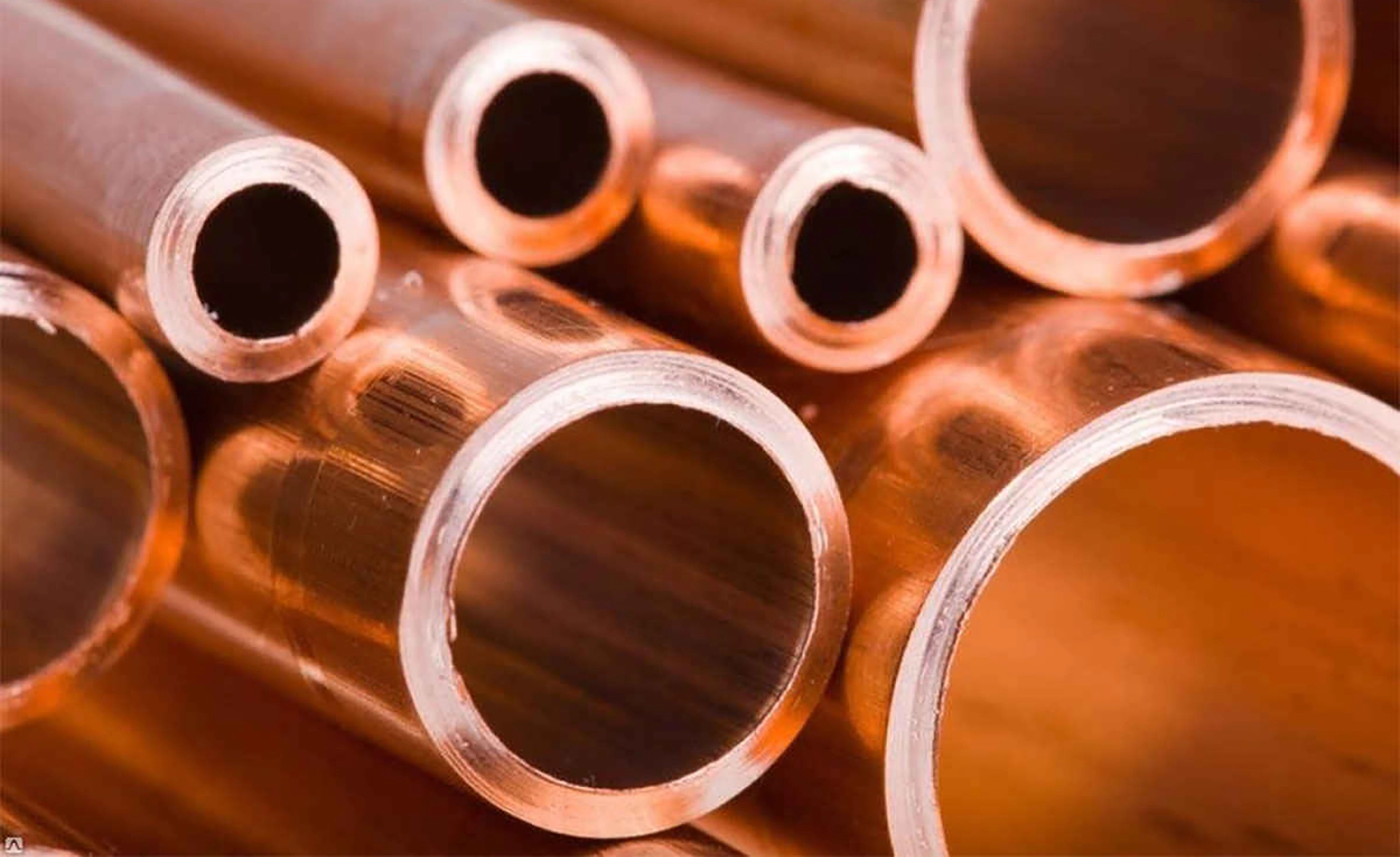When it comes to installing or replacing a plumbing system, choosing the right materials is critical. With many different types of water pipes available on the market, homeowners are often faced with the question: which one is best for my property? In this guide, we’ll explore the most popular options — copper, PVC, and PEX — and help you understand how these different types of pipes for water supply compare in terms of durability, performance, and cost.
Contents
- 1 Why Does Pipe Selection Matter?
- 2 What Are the Different Types of Water Pipes?
- 3 Copper Pipes: Traditional and Trusted
- 4 PVC Pipes: Lightweight and Cost-Effective
- 5 PEX Pipes: The Flexible Modern Standard
- 6 Understanding the Differences Between Pipe Types
- 7 Other Pipe Types to Be Aware Of
- 8 Local Considerations and Building Codes
- 9 Trust the Professionals at POM Plumbing
- 10 Conclusion
Why Does Pipe Selection Matter?
Water pipes form the core of any home’s plumbing infrastructure. They carry fresh water to your taps, showers, toilets, and appliances. Choosing the wrong pipe material can result in leaks, poor water quality, frequent repairs, and reduced efficiency. That’s why understanding the different types of pipes used for water supply is essential, whether you’re building a new home or upgrading an outdated system.
What Are the Different Types of Water Pipes?
Modern plumbing primarily relies on three types of water pipes: copper, PVC (polyvinyl chloride), and PEX (cross-linked polyethylene). Each has unique advantages and disadvantages depending on the use case.
Let’s take a closer look at these different types of pipes used in water supply systems.
Copper Pipes: Traditional and Trusted
Copper pipes have been used in plumbing for decades and are still a preferred option for many professionals. They are known for their strength, longevity, and resistance to high temperatures.
One of the biggest advantages of copper is its reliability over time. It doesn’t leach chemicals into your drinking water, and it can last 50 years or more if properly installed. That said, copper is one of the most expensive materials on the market, both in terms of raw cost and installation.
Copper pipes are ideal if you want a long-term solution and are willing to invest more upfront. They’re especially useful in homes where high water pressure or temperature is a factor. However, they require soldering during installation and are less flexible than other options.

PVC Pipes: Lightweight and Cost-Effective
Among the different types of water supply pipes, PVC is one of the most popular for cold water applications. It’s inexpensive, easy to cut, and doesn’t corrode over time. PVC pipes are made from a plastic compound that resists chemical damage and internal scaling, making them ideal for transporting potable water in low-pressure systems.
The main drawback of PVC is its limited temperature tolerance. It’s not suitable for hot water lines because it softens and deforms under heat. In addition, exposure to direct sunlight can degrade the material, making it unsuitable for outdoor or above-ground installations.
PVC pipes are best suited for cold water distribution, irrigation, and drainage systems. For budget-conscious homeowners, they’re a solid choice — especially in regions where freezing is not a major concern.
PEX Pipes: The Flexible Modern Standard
PEX piping has become extremely popular in recent years. It’s flexible, affordable, and easy to install, even in tight or awkward spaces. PEX is one of the most adaptable different types of pipes for water supply, and its flexibility allows it to curve around corners without the need for additional fittings.
PEX is resistant to scale and chlorine, and it performs well under both hot and cold temperatures. Its biggest selling point is how quickly and efficiently it can be installed — often reducing labor costs significantly.
Despite its benefits, PEX should not be used outdoors as it degrades when exposed to UV light. Also, since it’s a newer material compared to copper or PVC, some professionals remain cautious about its long-term durability, though modern PEX systems are designed to last 40–50 years.
If you’re renovating your home or replacing old plumbing, PEX offers a reliable, cost-effective alternative to traditional pipework.

Understanding the Differences Between Pipe Types
If you’re asking, “what are the different types of water pipes and which one should I choose?” — the answer depends on your specific plumbing needs.
Copper pipes are the premium choice for long-term performance and water safety, especially in homes where reliability is a priority. PVC is a lightweight and affordable solution for cold water lines, ideal for budget-conscious projects. PEX offers a modern, versatile solution that’s easy to work with and suited for most residential applications.
Each of these materials addresses different priorities — from installation cost to heat tolerance — and that’s why there are multiple different types of pipe for water supply in use today.
Other Pipe Types to Be Aware Of
While copper, PVC, and PEX are the most commonly used types of pipes for water, other materials are sometimes used in specific applications:
- Galvanized steel pipes were once standard but are now outdated due to rust and corrosion issues.
- CPVC is similar to PVC but can handle hot water; however, it’s more brittle and prone to cracking.
- HDPE is often used in municipal or industrial systems but is less common in residential plumbing.
Knowing the full range of different types of water pipe materials can help you make informed decisions, especially when dealing with specialized needs.
Local Considerations and Building Codes
It’s also important to consider local building codes and environmental conditions. Some regions require specific materials or prohibit others based on safety, health, or climate factors. For example, copper may be required in some municipalities, while others allow full PEX systems.
Consulting a licensed plumbing expert ensures your water pipe selection complies with code and provides long-term performance in your environment.
Trust the Professionals at POM Plumbing
Choosing between different types of pipes for water can be overwhelming, especially if you’re dealing with an urgent plumbing issue. At POM Plumbing, we’ve helped hundreds of Toronto-area homeowners navigate these choices with confidence. Whether you need a full repipe, new construction, or just a small repair, we can recommend the best materials for your specific situation.
Our experienced, licensed plumbers understand the strengths and limitations of every type of water pipe and can install systems that are both code-compliant and built to last.
Conclusion
There are many different types of water pipes available, but the most common for residential use are copper, PVC, and PEX. Each has distinct benefits and trade-offs in terms of cost, flexibility, heat resistance, and longevity.
By understanding the pros and cons of these different types of pipes used in water supply systems, you’ll be better equipped to make decisions that protect your home, improve your plumbing system, and save you money in the long run.



